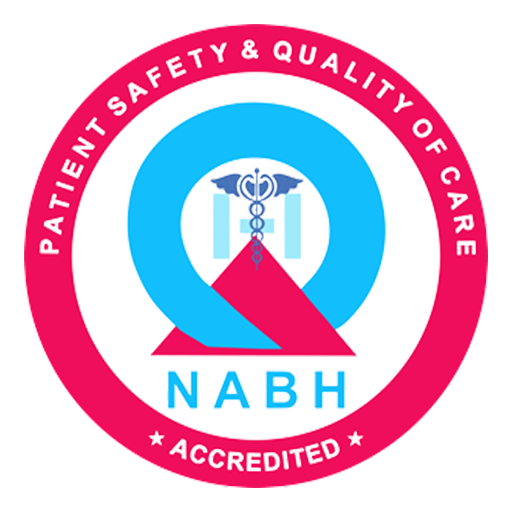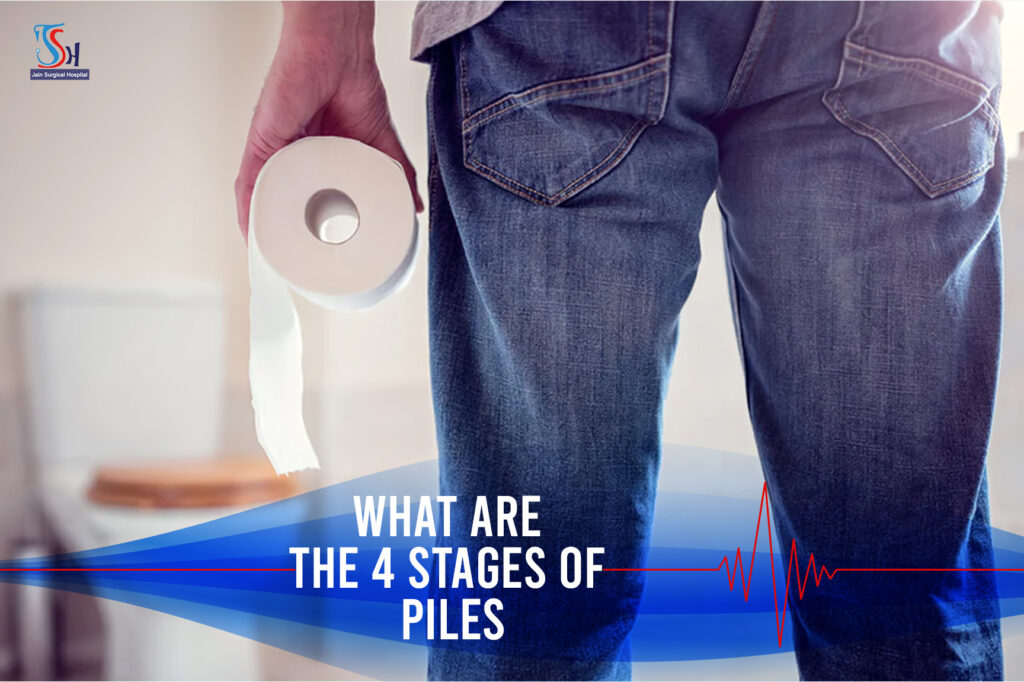Hemorrhoids, or piles, are a global epidemic that impacts millions of individuals every year. They cause pain, swelling, and even bleeding when the anus and rectum blood veins become irritated. Accurate diagnosis, management, and prevention of piles depend on knowing the phases of the condition. This article will explore the four phases of piles, as well as their symptoms, treatments, and ways to avoid them.
The 4 Stages Of Piles
1: Internal Piles
In the first phase of piles, hemorrhoids form inside the rectum. People may not feel any symptoms at all right now. Having said that here are a few typical indicators:
- After defecating, you could see bright red blood on the toilet paper or in the bowl.
- Some people may feel slight irritation, itching, or discomfort in the anal region.
Changing one’s way of life by drinking more water, eating more fiber, and improving one’s bathroom habits is usually the first line of defense against stage 1 piles. Topical creams or suppositories available on the market may also help alleviate symptoms.
2: When Your Haemorrhoids Prolapse
Stage 2 piles are characterized by the protrusion of internal hemorrhoids, which may be particularly noticeable during bowel movements. Some of the most common signs of stage 2 piles are:
- If your hemorrhoids have prolapsed, you may experience pain, discomfort, or fullness in your rectum.
- Increased bleeding during or after bowel motions is a possible symptom.
- It is possible to feel a little lump or bulging tissue outside of the anus.
Haemorrhoid creams or suppositories, available over the counter, may help alleviate swelling and pain in stage 2 piles. In some instances, minimally invasive techniques such as sclerotherapy or rubber band ligation may be suggested to reduce or eliminate hemorrhoids.
3: Outside Piling
Pile severity and the possibility of both internal and external hemorrhoids are both increased in stage 3. Some of the most common signs of stage 3 piles are:
- When you sit or have to go to the toilet, you may experience excruciating discomfort from external hemorrhoids.
- The region around the anus could become red, inflamed, and painful to the touch.
- More frequent and heavier bleeding may occur than in early phases.
Some conservative treatments for stage 3 piles include changing one’s diet, drinking more fluids, and applying pain relievers and inflammatory drugs topically. Hemorrhoidectomy or stapled hemorrhoidopexy, two surgical procedures that may eliminate or reduce the size of hemorrhoids, may be required in some instances.
4: Hemorrhoids with Thrombosis
When blood clots develop inside external hemorrhoids, a condition known as thrombosed hemorrhoids occurs, marking the last stage of piles. In the fourth stage of piles, you could experience:
- When sitting or when you have to go to the toilet, you may experience excruciating discomfort from thrombosed hemorrhoids.
- Inflammation and Swelling: The afflicted region could seem red, painful, and swollen.
- Thrombosed hemorrhoids may burst blood vessels, which can lead to bleeding.
To ease discomfort and remove the blood clot, medical intervention is generally necessary for thrombosed haemorrhoid treatment. Procedures like thrombectomy or incision and drainage may be carried out to alleviate symptoms and expedite recovery.
Methods for Avoidance
There are several things you may do to lessen your chances of getting hemorrhoids or to stop them from becoming worse, even though piles are annoying and painful:
- Maintaining a high-fiber diet is recommended to avoid constipation and encourage regular bowel movements. Fiber-rich foods include fruits, vegetables, whole grains, and legumes.
- Water helps soften waste and makes it easier to pass, relieving pressure on the anus and rectum. Thus, it’s essential to drink plenty of water every day.
- Properly Maintain Your Digestive Health by Not Postponing Necessary Bowel Movements and By Not Straining When You Defecate. Gently cleanse the anal region with wet, gentle toilet paper or wipes.
- To avoid constipation and increase circulation, staying active and engaging in regular physical exercise is best.
- To relieve pressure on the rectal region, get up and stretch often if your work requires you to sit for lengthy periods.
Finally,
Familiarizing with the four phases of piles enhances early discovery, proper treatment, and preventative care. People may successfully manage piles and improve their quality of life by recognizing the symptoms of each stage and adopting healthy lifestyle choices. See a doctor at Jain Surgical if piles symptoms continue or worsen for an accurate diagnosis and treatment plan.
Piles form through a natural progression over time. The stages are: 1) Keeping all items, 2) General piles start accumulating, 3) Piles merge and grow larger, 4) Piles become overwhelming and interfere with space. Knowing these stages helps identify when to declutter before piles get out of control.





